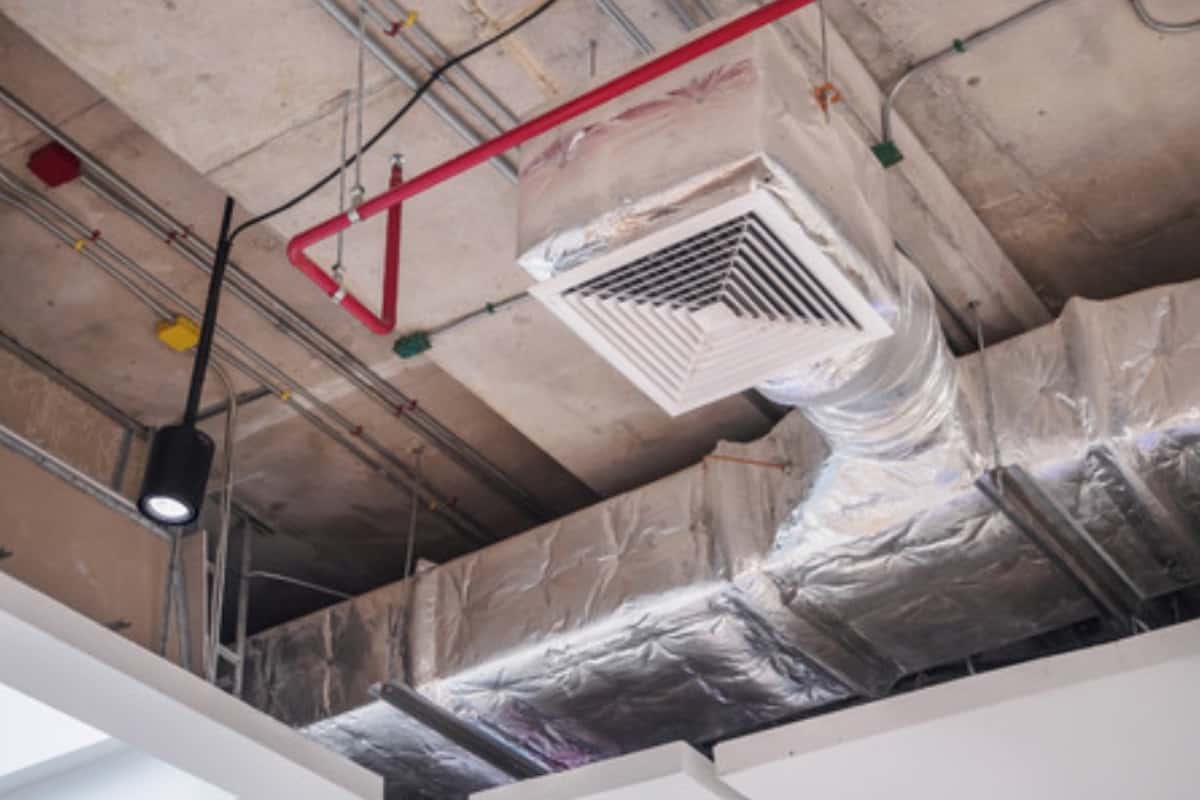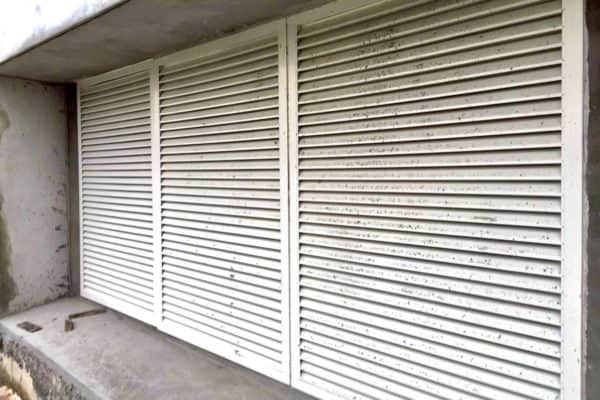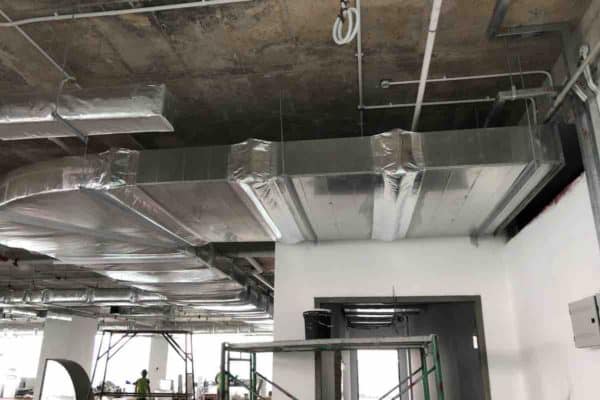4 Types of HVAC Plenums (Basics & Applications)
Plenum boxes are crucial to the performance of the HVAC system. There are a few types of plenums in HVAC but where do you find them and how they actually work? So, I gathered the 4 common types of HVAC plenums.
The 4 common types of HVAC plenums are:
- Supply Air Plenum
- Return Air Plenum
- Ceiling Return Plenum
- Room Return Plenum
Without further ado, let’s take a deeper look into each HVAC plenum.
1. Supply Air Plenum
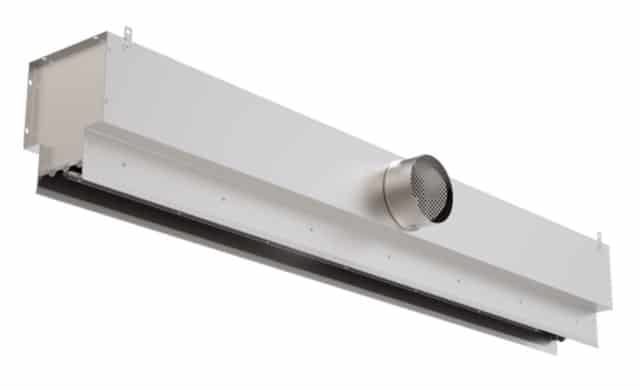
The plenum box on a supply air diffuser helps to distribute cold air equally across the diffuser. Besides, the plenum box act as an adaptor to connect the diffuser and flexible duct. Furthermore, a plenum box can have a damper to regulate the airflow of the diffuser.
Relevant post: 6 Types of Supply Air Diffusers and Their Applications.
A plenum box can be found on a linear diffuser, swirl diffuser, 4-way diffuser and many other types of diffuser. Particularly for the linear diffuser, a plenum box is critical to its airflow distribution.
Plenum Box for Linear Diffuser
For linear diffusers, the flexible duct must be connected on the side of the plenum box rather than on the top. When connected on the side, cold air flowing into the plenum box “hits” the inner wall of the plenum box and spreads out inside the plenum box before gently discharged through the opening of the linear diffuser.
Hence, people sitting under the linear diffuser won’t get “hit” by high-velocity cold air and thus, feel more comfortable.
Conversely, when a flexible duct is connected on the top of the plenum box, cold air flowing into the plenum box is then discharged straight out of the linear diffuser. It can be viewed as if there is no diffuser at all.
Therefore, people sitting under the linear diffuser may feel too cold and uncomfortable.
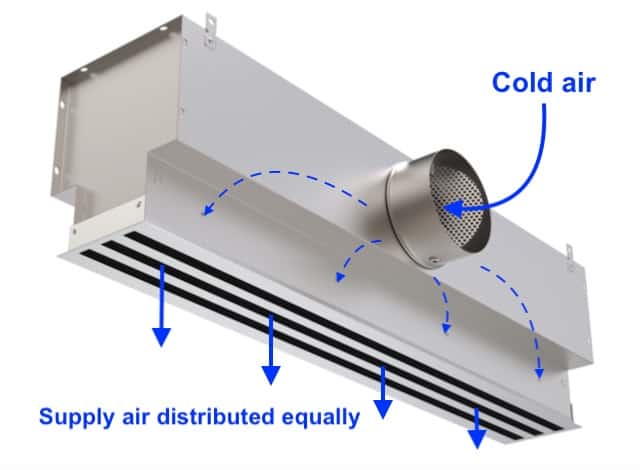
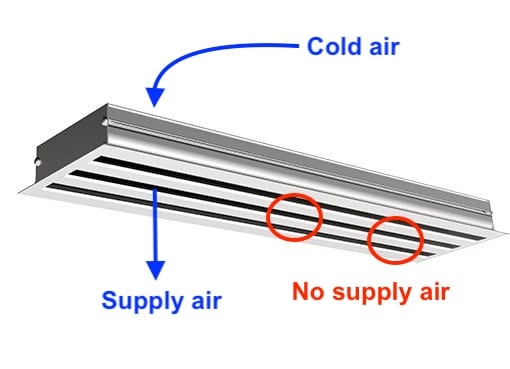
Linear diffusers have adjustable fins for users to redirect airflow at will. However, high-velocity airflow is uncontrollable. A plenum box slows down the supply airflow and enables the control of the airflow direction.
Furthermore, slowing down the supply airflow also makes the linear diffuser quieter.
Linear Diffuser Plenum Box Damper
Most plenum boxes have a built-in opposed blade damper to regulate airflow. Every supply air diffuser has a specific airflow. Too much airflow will generate unwanted noise, too little airflow will not be able to provide sufficient cooling.
Typical linear diffusers don’t have a damper by themselves. They need a plenum box in order to have a damper to regulate their airflow.
For example, a 4-way diffuser can have a radial fan blade damper without having a plenum box.
On the other hand, linear diffusers require a plenum box to have a damper in order to control the airflow.

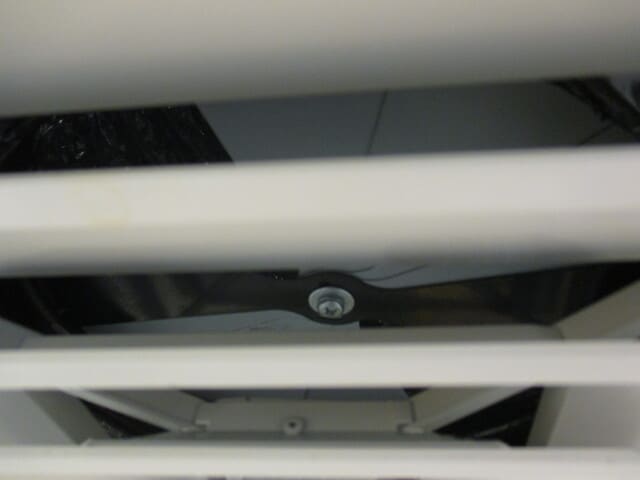

Other than linear diffusers, some diffusers also require a plenum box in order to regulate their airflow. These diffusers are the types of diffuser that don’t allow users to access its damper like the 4-way diffuser. They are usually the costly diffusers that have better looking.
Users must use the damper on the plenum box to adjust the airflow as necessary.
In the meantime, I would like to inform you that you can learn quicker by getting my HVAC Begin (eBook) if you’re a beginner. But, if you have a year or two of experience, then I would suggest you consider my HVAC Basics (eBook). Nonetheless, I encourage you enroll in my HVAC Beginner Course: 10 Days to Become Competent in HVAC if you want to equipped yourself with a complete set of basic HVAC skills.
HVAC Beginner Course
Learn the most basics and foundational HVAC skills including cooling capacity calculation, equipment selection, duct sizing, pipe sizing, exhaust fan sizing, controls, electrical and more.
2. Return Air Plenum
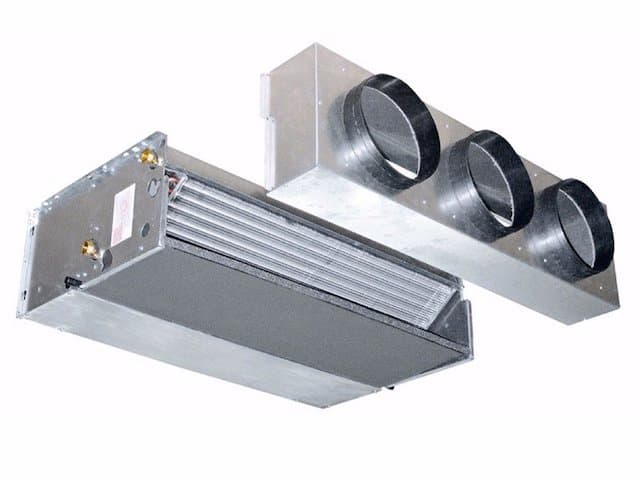
The plenum box on a fan coil unit or ducted air conditioner helps to mix the return air and thus, averaging the return air temperature so that the air conditioner can regulate its cooling power appropriately.
Not just that, many ducted air conditioners take in outside air and thus, the plenum box mix the return air with the fresh air too. Besides, some ducted air conditioners relying on the filter on the plenum box rather than having their own filters.
A plenum box not only can be found on ducted air conditioners, but they also present on air handling units. However, it is more common to see a plenum box on ducted air conditioners.
Return Air Plenum Mixing Box
A typical ducted air conditioner may take in 10% outside air (10% of its supply airflow). The outside air is channeled into the plenum box of a ducted air conditioner through ductwork.
Both the fresh air and the return air are mixed together inside the plenum box before passing through the cooling coil of the air conditioner and supply to a room.
The plenum box on ducted air conditioners also has a damper to regulate airflow. Usually, a damper for return air is not necessary while a damper for the outside air is a must.
Air conditioners are designed to provide cooling through the circulation of return air but not the outside air. Air conditioners may not able to provide sufficient cooling when too much outside air is introduced.
3. Ceiling Return Plenum
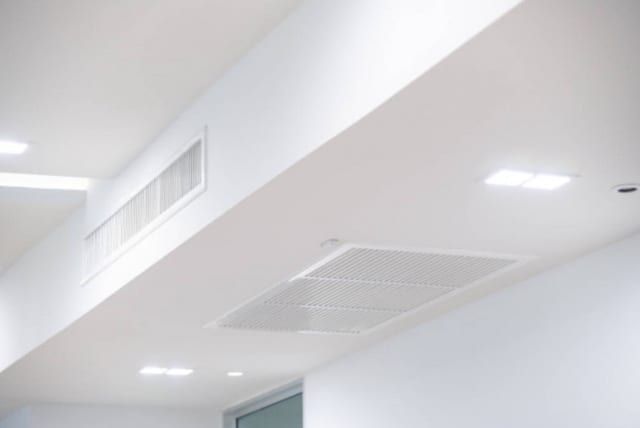
Many buildings use the space above the ceiling as a plenum for their air conditioning system. Typically, return air grilles are installed on the ceiling without connecting to any ducts. Some buildings have multiple ceiling openings (usually near the windows) instead of return air grilles to allow air to return back to the respective air conditioners.
Relevant post: 4 Types of Grilles in HVAC (Common Applications).
Eliminate Return Air Duct
Using the space above the ceiling as the plenum for air conditioners is a clever way to save costs for the air conditioning system.
However, the ceiling opening for return air must be carefully designed as well as the return air grilles must be adjusted properly to even out the return airflow and therefore, prevent unbalanced cooling.
Usually, air conditioners which are designed to use ceiling plenum for return air will not need to have a separate return air plenum box on the air conditioner itself.
The outside air is introduced into the ceiling plenum to mix with the return air before flowing back to the respective air conditioners. A damper is still required to limit the amount of outside air coming into the ceiling plenum.
Disadvantages of Ceiling Return Plenum
One of the drawbacks of using the ceiling plenum as the return air plenum is noise. Because of the ceiling openings, the noise of air conditioners appeared to be louder as the noise is transmitted effortlessly through the openings.
Contrarily, air conditioners with return air ducts and a plenum box can reduce noise by internally insulating their return ducts with some fiberglass or Rockwool.
Relevant post: 5 Types of Insulation Used in Air Conditioning.
Another problem with the ceiling plenum is the infiltration of hot air. When the space above the ceiling is used as the return air plenum for the air conditioning system, the said space is always at a negative pressure state.
Hence, hot air from non-air-conditioned spaces (eg: toilet, store and even outside the building) can sip through gaps on the wall and enter into the ceiling plenum.
Consequently, it increases the power consumption of the air conditioners. Moreover, condensations may happen inside the ceiling plenum when there is too much hot air infiltrated into the ceiling plenum.
4. Room Return Plenum
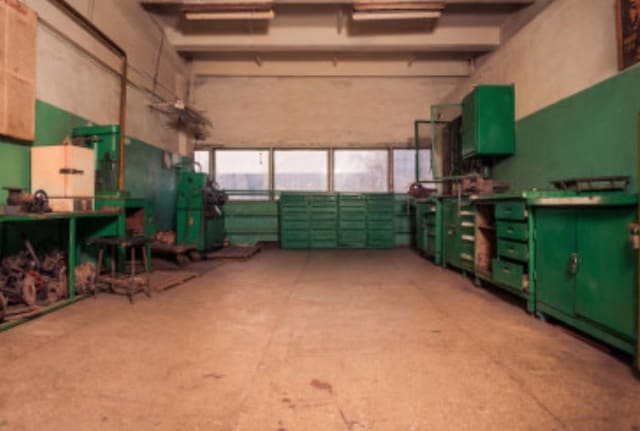
Air handling units (AHUs) often use their own room as the return air plenum. These AHUs connect ducts only at their supply air outlet. The room itself also has a fresh air opening with a damper to introduce outside air. The entire room act as a return air plenum for the AHU.
Save Valuable Space for Commercial Use
Using AHU rooms as the return air plenum not only saves the cost of ducts, it also resulted in significantly more saving from the reduction of the room size. AHUs no longer need to have a separate return air plenum and thus, their physical size is smaller as well as the room size.
Therefore, more spaces are available for commercial use.
One issue to deal with when using the AHU room as the return air plenum is negative pressure. Even though the AHU room has openings for the return air and fresh/outside air, the room will still be under a negative pressure state.
However, it doesn’t affect the performance of the AHU as long as the infiltration from the door and wall gaps are considered. Nevertheless, people will have a hard time opening the door if the suction is too strong.
Prevent Poor Ductwork
Many buildings wanted to have more space for commercial use. They often allow only limited space for AHUs. Many times, AHU rooms are too small for proper return air plenum and ductwork.
Often, the ductwork inside small AHU rooms is done badly due to limited space. Poor ductwork may create extra air resistances and leakages which can cost the building owner more on the electricity bill.
By using the AHU room as the plenum, the return air plenum and ductwork are eliminated. Thus, poor ductwork can be avoided. However, noise is another issue to tackle.
Without the return air plenum attached on the AHU, the motor noise is louder. But, this can be resolved by soundproofing the room using Rockwool.

If you are curious about why we need to use a plenum box, check out my post What is a Plenum Box? (Purpose on FCUs and Diffusers).
Lastly, consider my HVAC Begin (eBook) if you’re a beginner and you want to have a foundational knowledge in HVAC. But, if you have a year or two of experience, then I would suggest you consider my HVAC Basics (eBook). Nonetheless, I encourage you enroll in my HVAC Beginner Course: 10 Days to Become Competent in HVAC if you want to equipped yourself with a complete set of basic HVAC skills.
HVAC Beginner Course
Learn the most basics and foundational HVAC skills including cooling capacity calculation, equipment selection, duct sizing, pipe sizing, exhaust fan sizing, controls, electrical and more.
If you have anything to add (or ask) about this topic, leave a comment down below!


